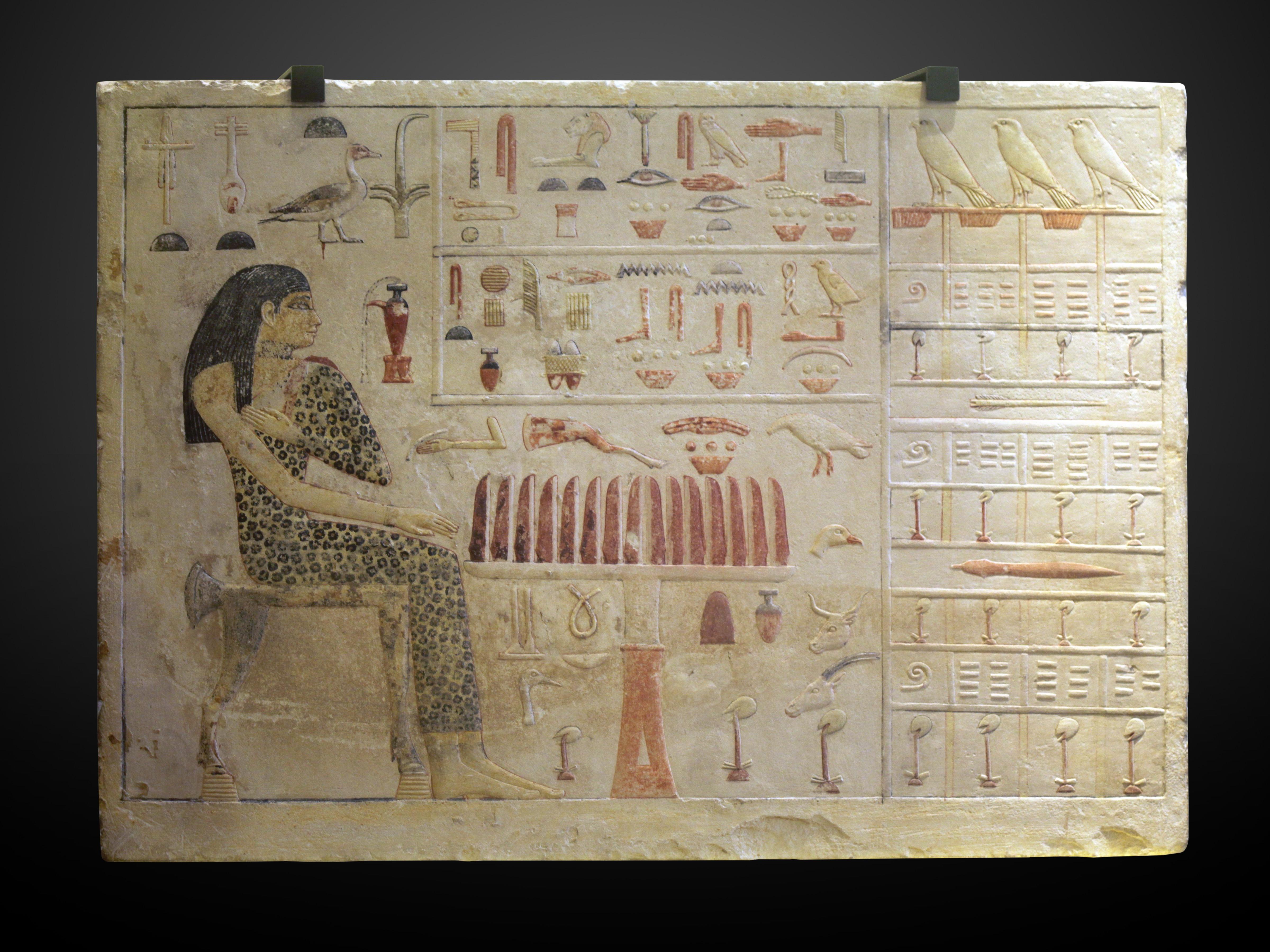Neferetiabet C on:
[Wikipedia]
[Google]
[Amazon]
Nefertiabet (''nfrt-jꜣbt''; "Beautiful One of the

East
East or Orient is one of the four cardinal directions or points of the compass. It is the opposite direction from west and is the direction from which the Sun rises on the Earth.
Etymology
As in other languages, the word is formed from the fa ...
") was an ancient Egyptian princess of the 4th Dynasty
The Fourth Dynasty of ancient Egypt (notated Dynasty IV) is characterized as a "golden age" of the Old Kingdom of Egypt. Dynasty IV lasted from to 2494 BC. It was a time of peace and prosperity as well as one during which trade with other ...
. She was possibly a daughter of Pharaoh Khufu
Khufu or Cheops was an ancient Egyptian monarch who was the second pharaoh of the Fourth Dynasty, in the first half of the Old Kingdom period ( 26th century BC). Khufu succeeded his father Sneferu as king. He is generally accepted as having co ...
.
Tomb
Her tomb atGiza
Giza (; sometimes spelled ''Gizah'' arz, الجيزة ' ) is the second-largest city in Egypt after Cairo and fourth-largest city in Africa after Kinshasa, Lagos and Cairo. It is the capital of Giza Governorate with a total population of 9.2 ...
is known (G 1225). The mastaba is about 24.25 x 11.05 m. in size.
A statue of her, now in Munich, probably originates from her tomb. There is a well-known slab stela
Slab or SLAB may refer to:
Physical materials
* Concrete slab, a flat concrete plate used in construction
* Stone slab, a flat stone used in construction
* Slab (casting), a length of metal
* Slab (geology), that portion of a tectonic plate that i ...
depicting the princess that is now in the Louvre
The Louvre ( ), or the Louvre Museum ( ), is the world's most-visited museum, and an historic landmark in Paris, France. It is the home of some of the best-known works of art, including the ''Mona Lisa'' and the ''Venus de Milo''. A central l ...
., p.60 Nefertiabet is shown seated facing right. She is depicted with a long wig and a panther-skin garment. An offering table in front of her bears reeds, as is common, indicating " he products of thefield", as well as sundry other foodstuffs. Under the table offerings are depicted including linen and ointment on the left, and on the right offerings of bread, beer, oryx, and bull. On the right of the slab a linen list is depicted.
The tomb originally contained one shaft, which contained the burial of Nefertiabet. The shaft comprises a passage and a chamber. Fragments of a white limestone coffin with a flat lid were found. A canopic pit had been dug in one of the corners of the chamber. The chamber contained several bowls and jars. An annex with one additional burial shaft was added later, but was found emptied.

Sources
{{Authority control Princesses of the Fourth Dynasty of Egypt 26th-century BC women Khufu